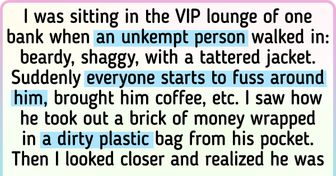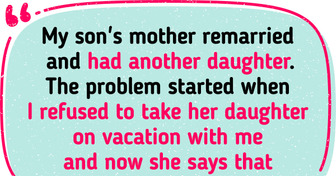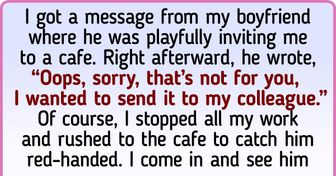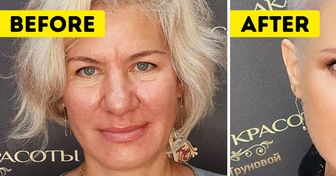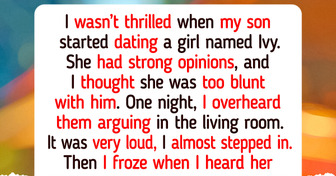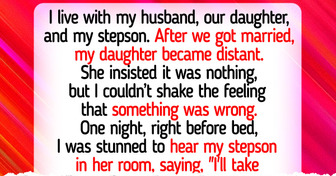Influencer Reveals Dramatic Results of Her Fox Eye Plastic Surgery
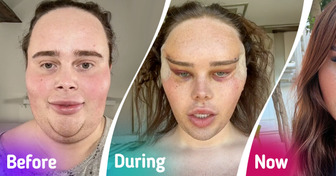
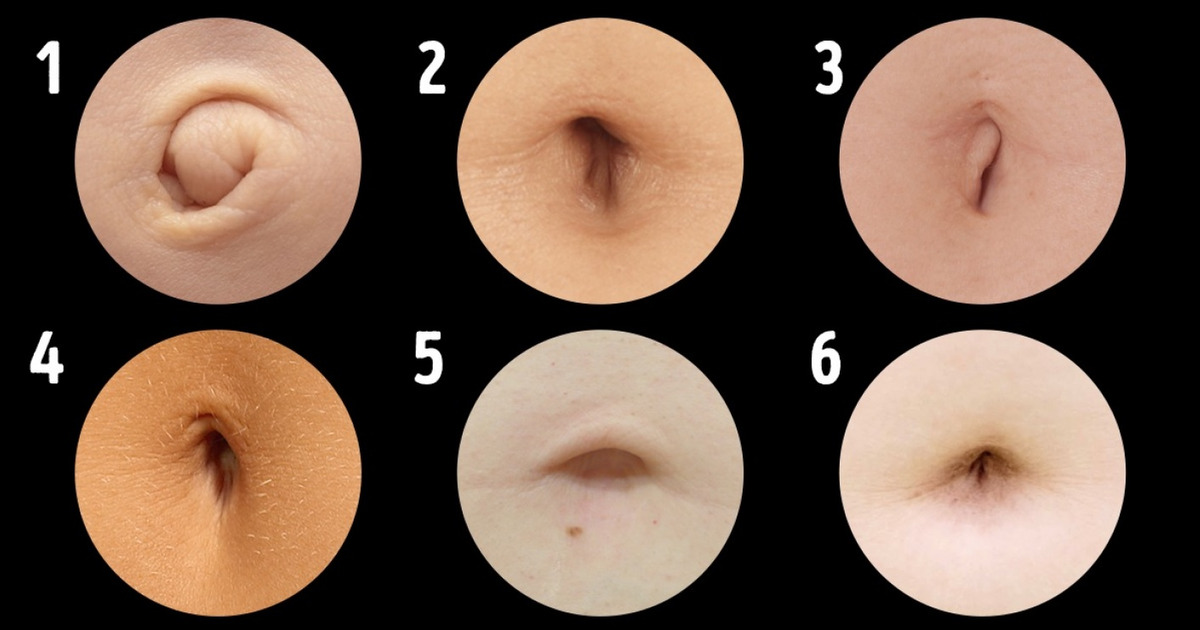
Did you know that belly button dirt can build up so much that people have mistaken it for skin cancer? Or that despite popular belief, not all mammals have a belly button? The belly button is an intriguing body part. It's often neglected and yet sometimes considered an object of fetish. Nevertheless, it is a birthmark that reminds us of our origins.
Get ready to be amazed as Bright Side brings you 15 facts about the belly button that you probably did not know. And don't miss our bonus at the end of the article!
Have you seen a photograph of the model Karolina Kurkova and wondered where her belly button is? Though almost all of us have a belly button, a rare defect called umbilical hernia can cause you to end up without one. In this condition, the infant’s intestines poke through the intestinal wall, thereby requiring surgery and leaving the baby without a belly button.
Biology dictates that all mammals must have a belly button, but nature can sometimes get quirky. Some mammals like kangaroos and platypuses don't have belly buttons.
A belly button, irrespective of how attractive it may seem to some, is technically a scar. It is formed when the umbilical cord, through which the baby is fed inside the womb, is cut and tied up after birth.
There are so many different species of bacteria in our belly button that every person has a different composition. About 2,400 different species of bacteria have been discovered living in the navel. A person's belly button was found with bacterium previously discovered only in soil samples from Japan, even though the person had never visited Japan.
While most babies start out with outies, they usually change to an innie as they grow. Only 10% of people continue to have an outie in adulthood.
During pregnancy, when a woman’s belly expands in order to accommodate a growing fetus, the innie belly button might pop out and become an outie. Most women’s belly buttons return to their former shape after birth.
Researchers determined that an outie is viewed as less attractive, whereas a small T-shaped or vertical navel is considered more desirable.
Incisions for many medical procedures, including breast augmentation, are made at the belly button. This is done to hide the scar.
Belly button piercings may look attractive, but before you decide to get one, keep in mind that they take a very long time to heal. The average time is from 6 to 12 months. And if it is not properly taken care of, it can cause serious infections.
If kept unclean, the lint that accumulates inside our belly button is a gross mixture of clothing fibers, hair, and dead skin cells. Since men tend to have more hairs around that area, they have more lint formation.
As far-fetched as it may seem, lint collecting is actually a hobby. Graham Barker from Australia holds the largest collection of belly button lint, earning him a place in the Guinness World Records in the year 2000.
And the artist Rachel Betty Case even makes small bears of belly button lint.
Belly button meditation was the contemplation of one's navel, and it was used to calm the soul. The Greek Christian monks of Mount Athos used this method to get a broader insight into divine glory.
The heightened sensitivity surrounding the area around the belly button can be linked to its status of being an erogenous zone.
Psychologist Leon F. Seltzer says, "From a heterosexual man's point of view, seeing the exposed navel and surrounding area can be very attractive. It accentuates a woman's waistline, her curves, and brings out the beauty and fertility of a woman's body." According to him, simply viewing the belly button area can cause a sexual trigger.
In the 1960s, censors barred women from showing their belly buttons on TV. Barbara Eden, who starred as Jeannie in the popular American sitcom I Dream of Jeannie, had to wear a dress covering her navel on the direction of the TV bosses.
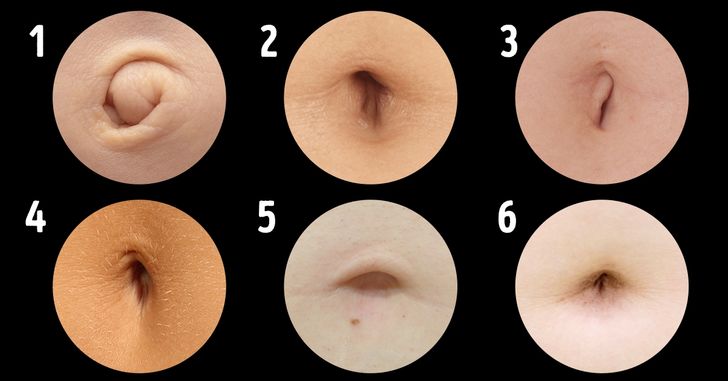
Though there is no scientific evidence linking your belly button shape to your personality, there are theories claiming that your personality and the shape of your belly button might be linked. Surprising, right? With a pinch of suspicion, let's take a look at what the shape of your belly button might suggest about your personality.
Shallow and small: Cautious, secretive, skeptical
Long and downward: Intelligent, smart, innovative
Oval: Over-sensitive, impatient, introvert, inquisitive
Wide: Cautious, honest in relationships, brave
Which fact amazed you the most? Do you know more amazing but hitherto unknown facts about the belly button? Be sure to share in the comments below.


